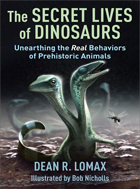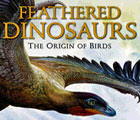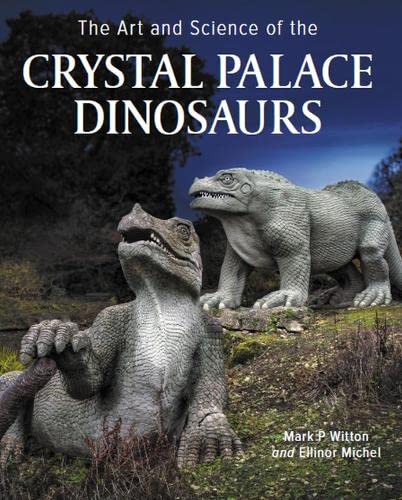Family Tree:
Dinosauria
Saurischia
Sauropodomorpha
Sauropoda
Eusauropoda
Diplodocoidea
Flagellicaudata
Dinosauria
Saurischia
Sauropodomorpha
Sauropoda
Eusauropoda
Diplodocoidea
Flagellicaudata
Pronunciation: fla-gel-i-kaw-dah-tuh
Author: Harris and Dodson
Year: 2004
Meaning: Whip tails (see etymology)
Locomotion: Quadrupedal (four legs)
Synonyms: None known
Author: Harris and Dodson
Year: 2004
Meaning: Whip tails (see etymology)
Locomotion: Quadrupedal (four legs)
Synonyms: None known
[Harris and Dodson, 2004] Definition
Diplodocus longus, Dicraeosaurus hansemanni, their most recent common ancestor and all descendants.
About
The diplodocoids (relatives of Diplodocus) with long, "whip tails". Some palaeontologists speculate that their extremely long, tapering tails were literally used as whips: not necessarily to whip would-be predators but to create loud "sonic booms" as a deterrant. However, later research concluded that, due to friction of the musculature and articulations, as well as aerodynamic drag, their tailtips could achieve velocities of no more than 100 km/h, which is far slower than the speed of sound. Furthermore, skin, ligaments and tendons would not be able to withstand super-sonic speeds, even with the presence of a conjectural, soft tissue version of the "popper", found at the tip of real bullwhips.
Funnily enough, Flagellicaudata was erected to house all non diplodocid/non dicraeosaurid diplodocoids which, at the time, was just Suuwassea. As many experts expected, Suuwassea was later identified as a member of Dicraeosauridae, which renders Flagellicaudata a bit unnecessary, as it doesn't include anthing that isn't also a diplodocid or a dicraeosaurid. Still, it neaty segregates all diplodocoids with "whip tails" from those who don't.
Click here to search Dinochecker's database for Flagellicaudata.
Etymology
Flagellicaudata is derived from the Latin "flagellum" (whip) and "cauda" (tail), because of their long, tapering tails.
Relationships
References
• Myhrvold NP and Currie PJ (1997) "Supersonic Sauropods? Tail Dynamics in the Diplodocids". Paleobiology, 23(4): 393-409.
• Harris JD and Dodson P (2004) "A new diplodocoid sauropod dinosaur from the Upper Jurassic Morrison Formation of Montana, USA". Acta Palaeontologica Polonica, 49(2): 197–210.
• Rogers KC and J. Wilson J (2006) "The Sauropods: Evolution and Paleobiology".
• Baron MG (2021) "Tactile tails: a new hypothesis for the function of the elongate tails of diplodocid sauropods". Historical Biology, 33(10): 2057–2066. DOI: 10.1080/08912963.2020.1769092.
• Conti S, Tschopp E, Mateus O, Zanoni A, Masarati P and Sala G (2022) "Multibody analysis and soft tissue strength refute supersonic dinosaur tail".
Scientific Reports, 12: 19245. DOI: 10.1038/s41598-022-21633-2.
• Gallina PA, Apesteguía S, Carballido JL and Garderes JP (2022) "Southernmost Spiny Backs and Whiplash Tails: Flagellicaudatans from South America". Page 209–236 in Otero, Carballido and Pol (eds.) "South American Sauropodomorph Dinosaurs: Record, Diversity and Evolution".















